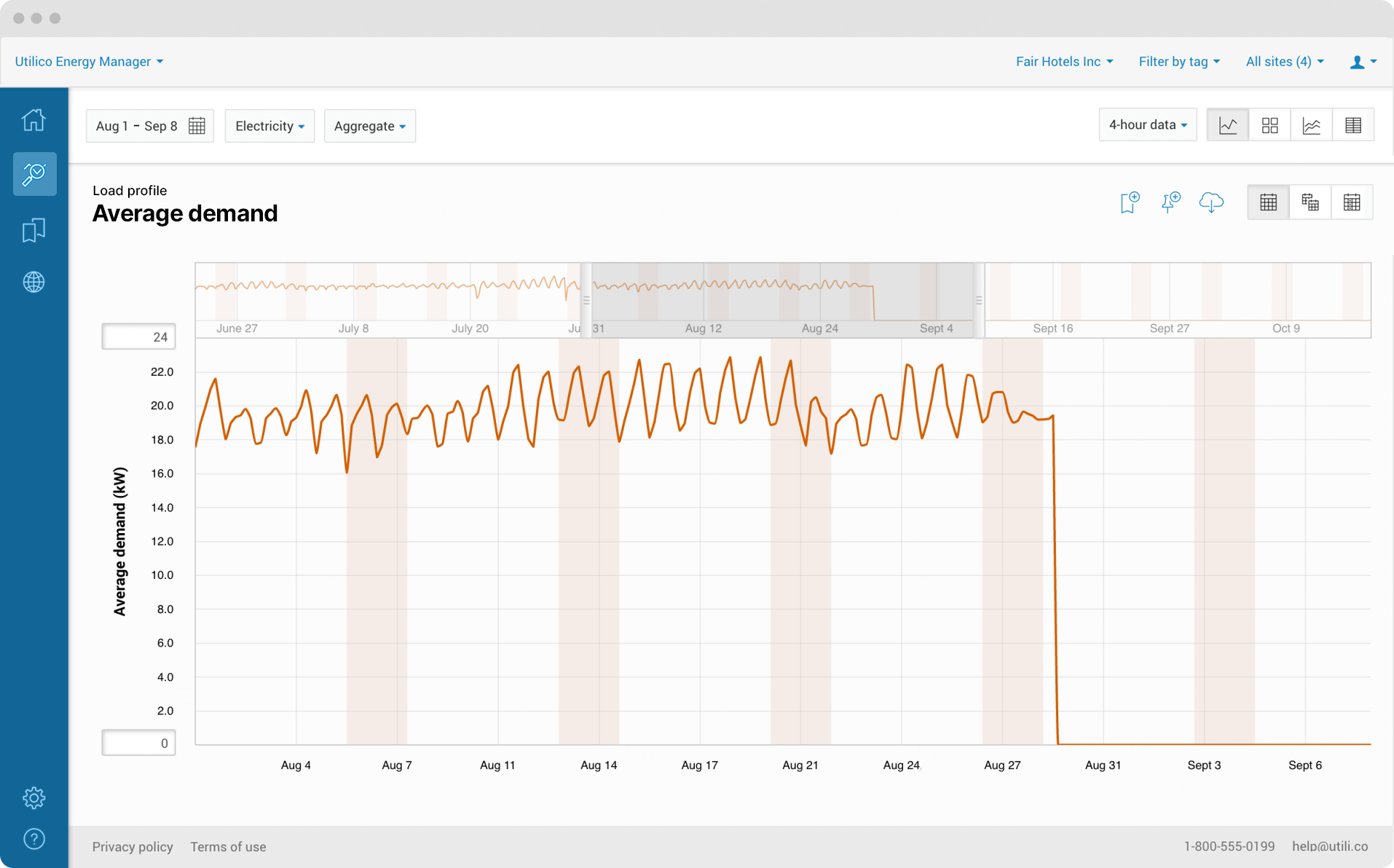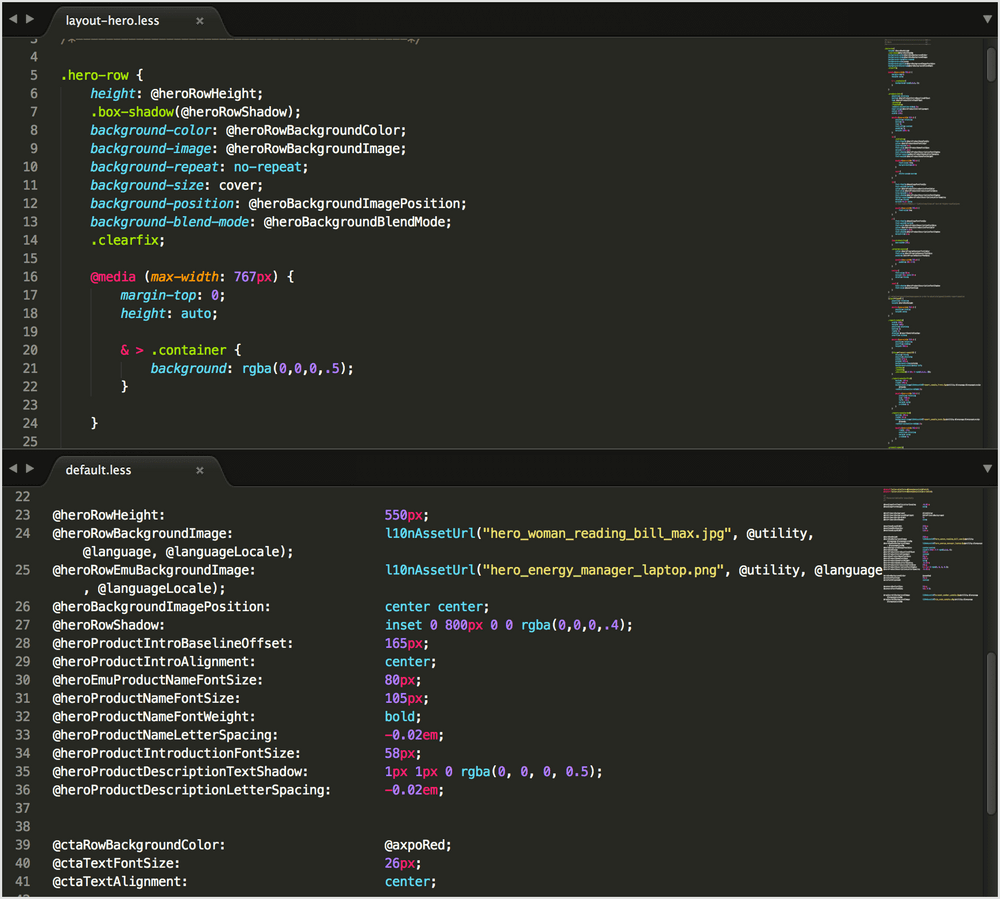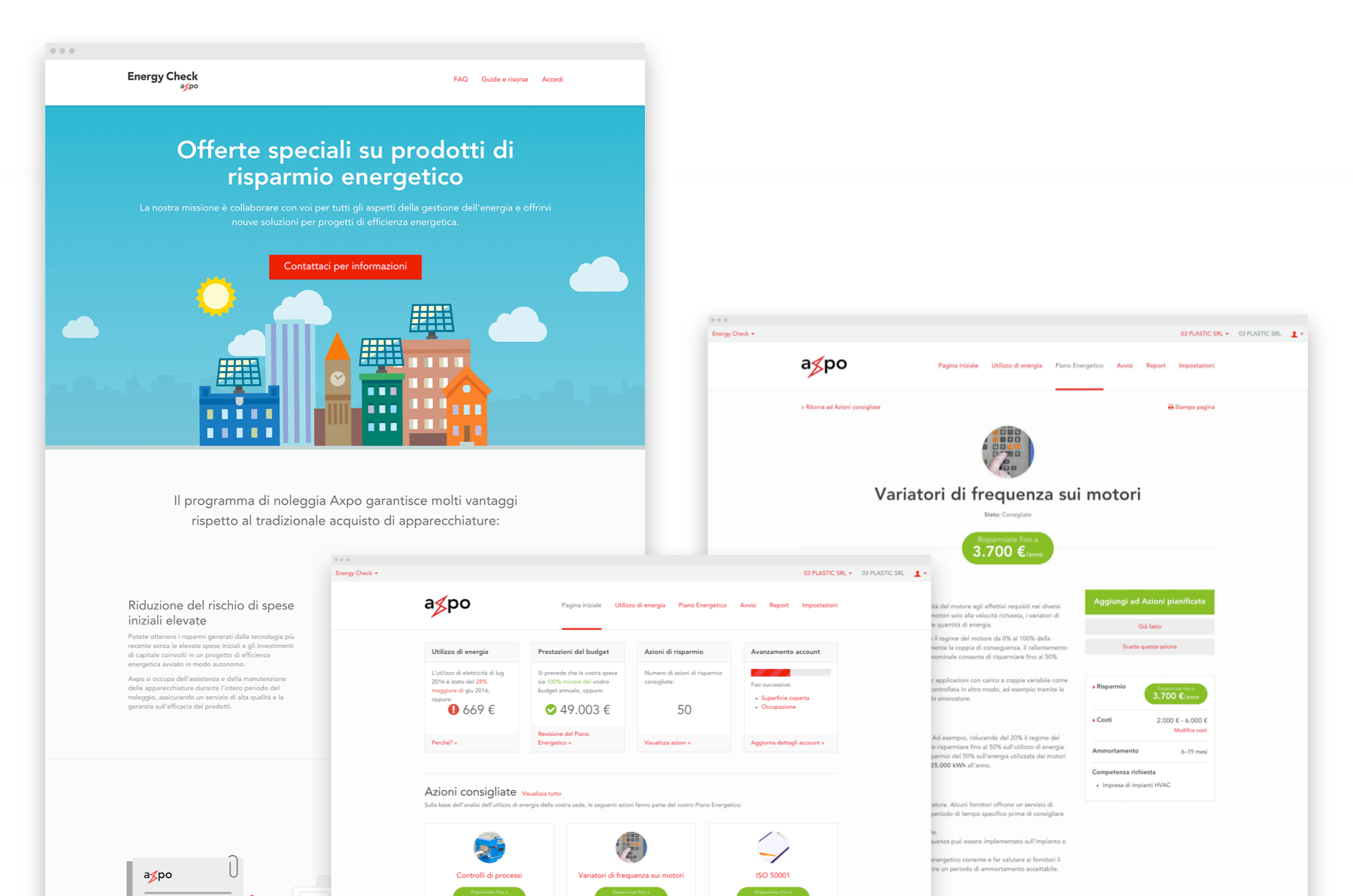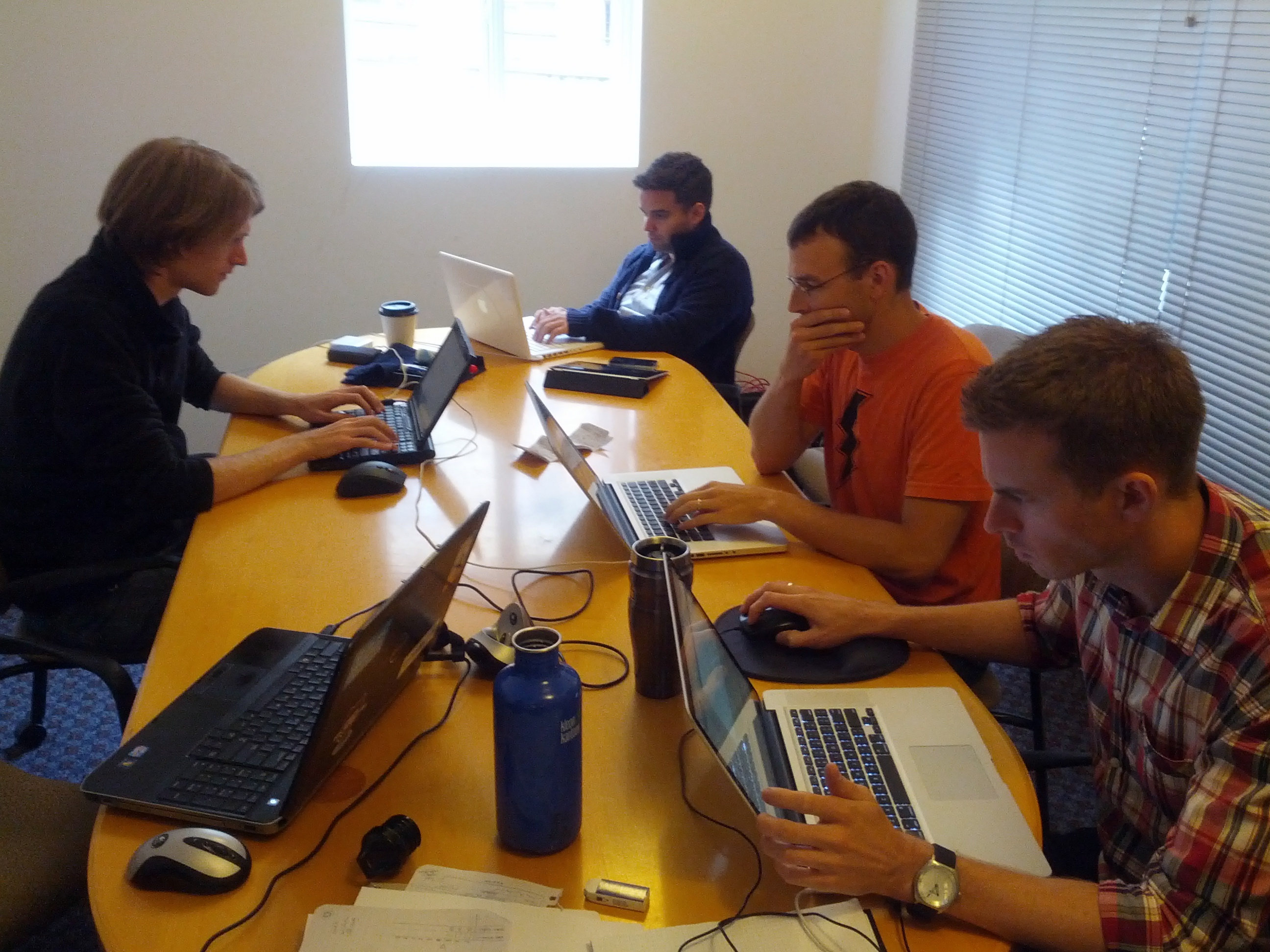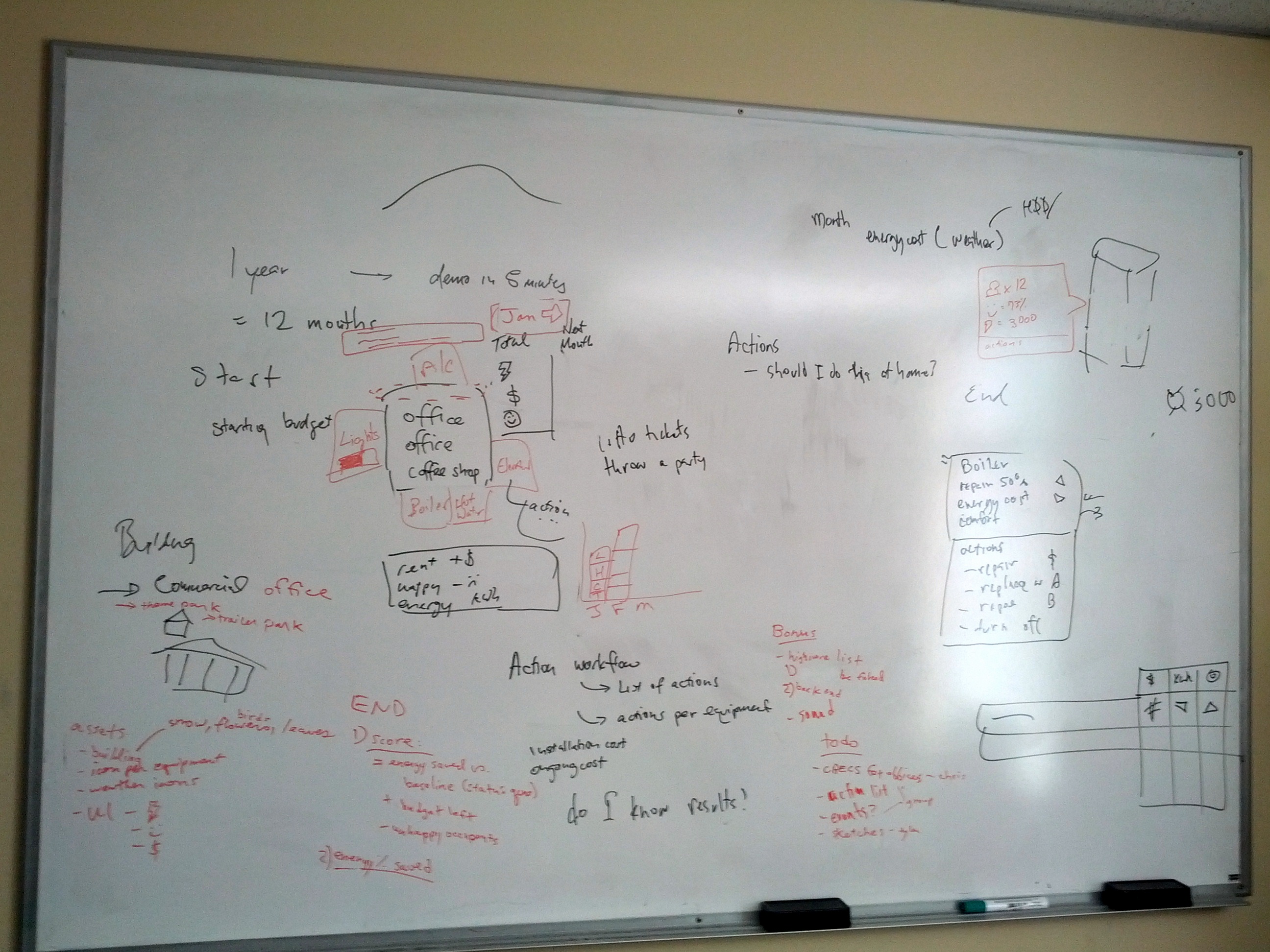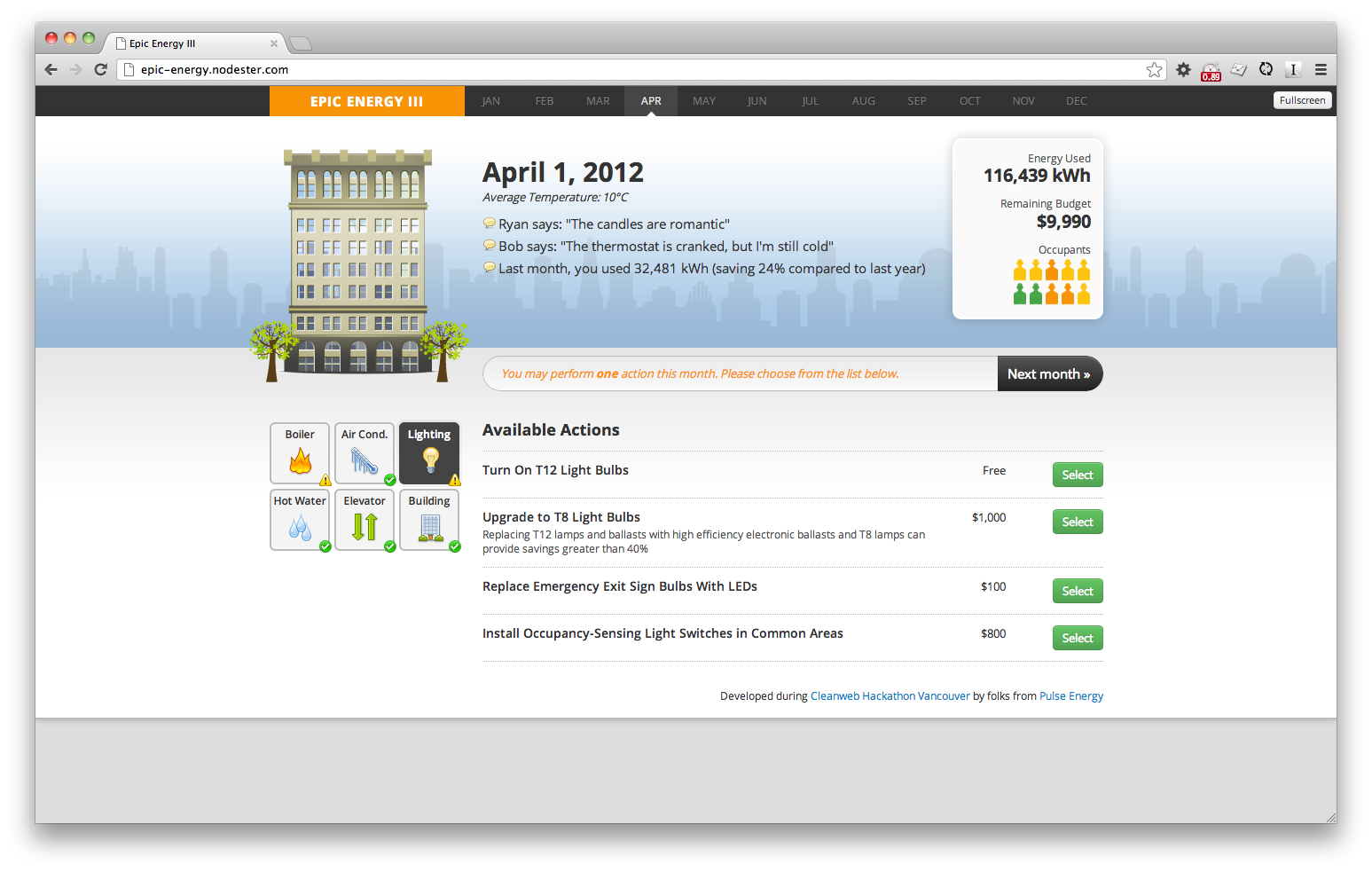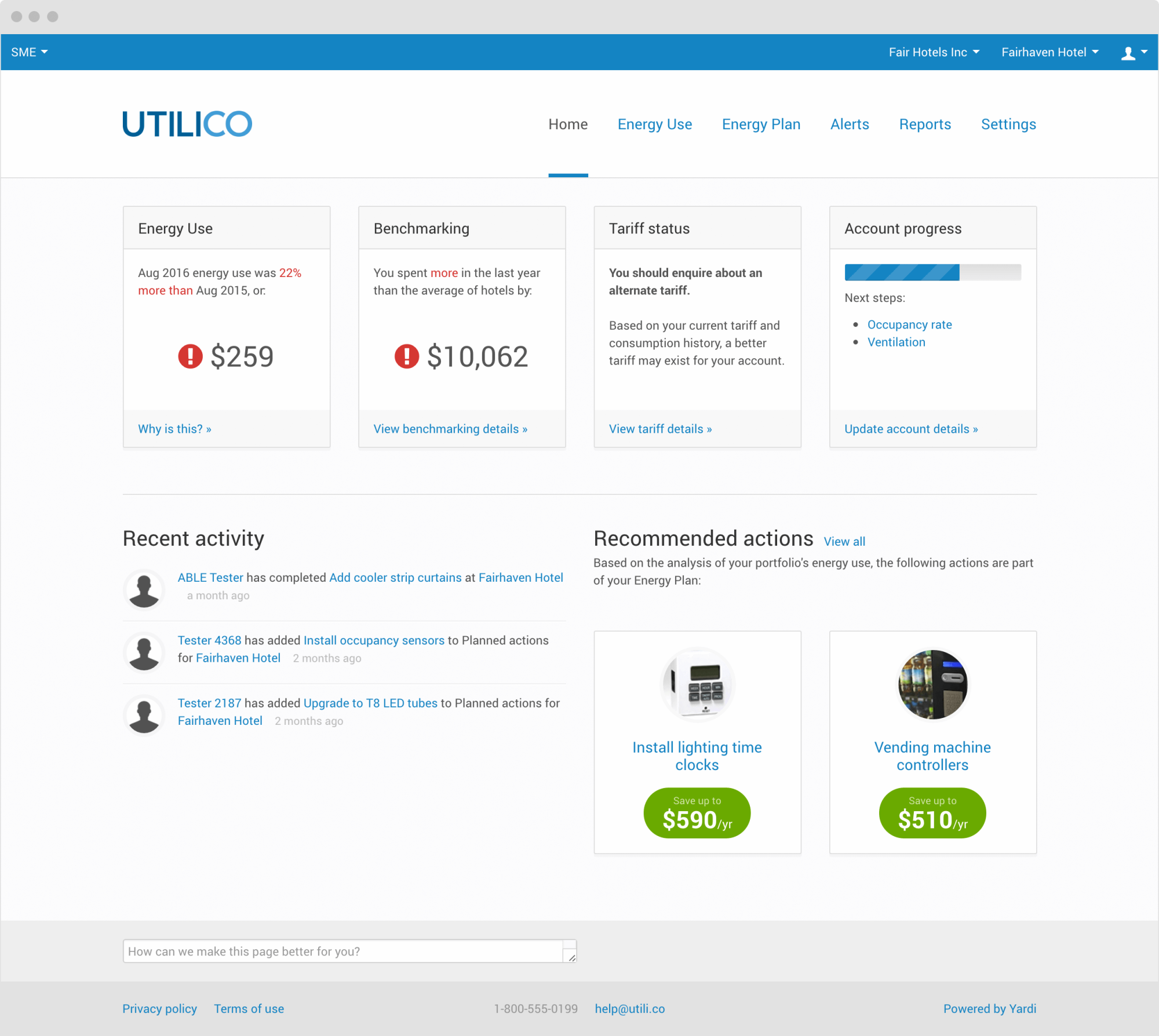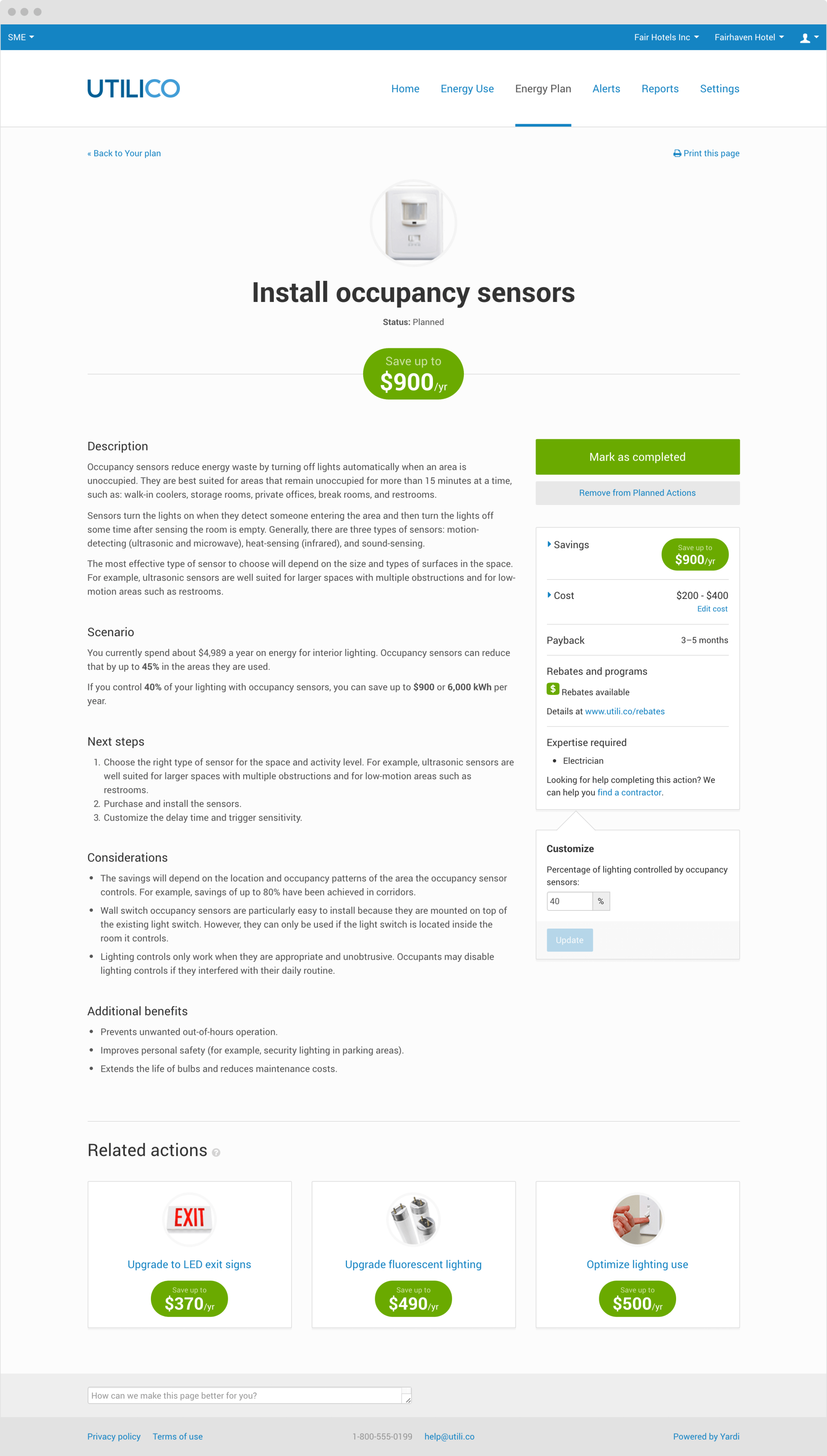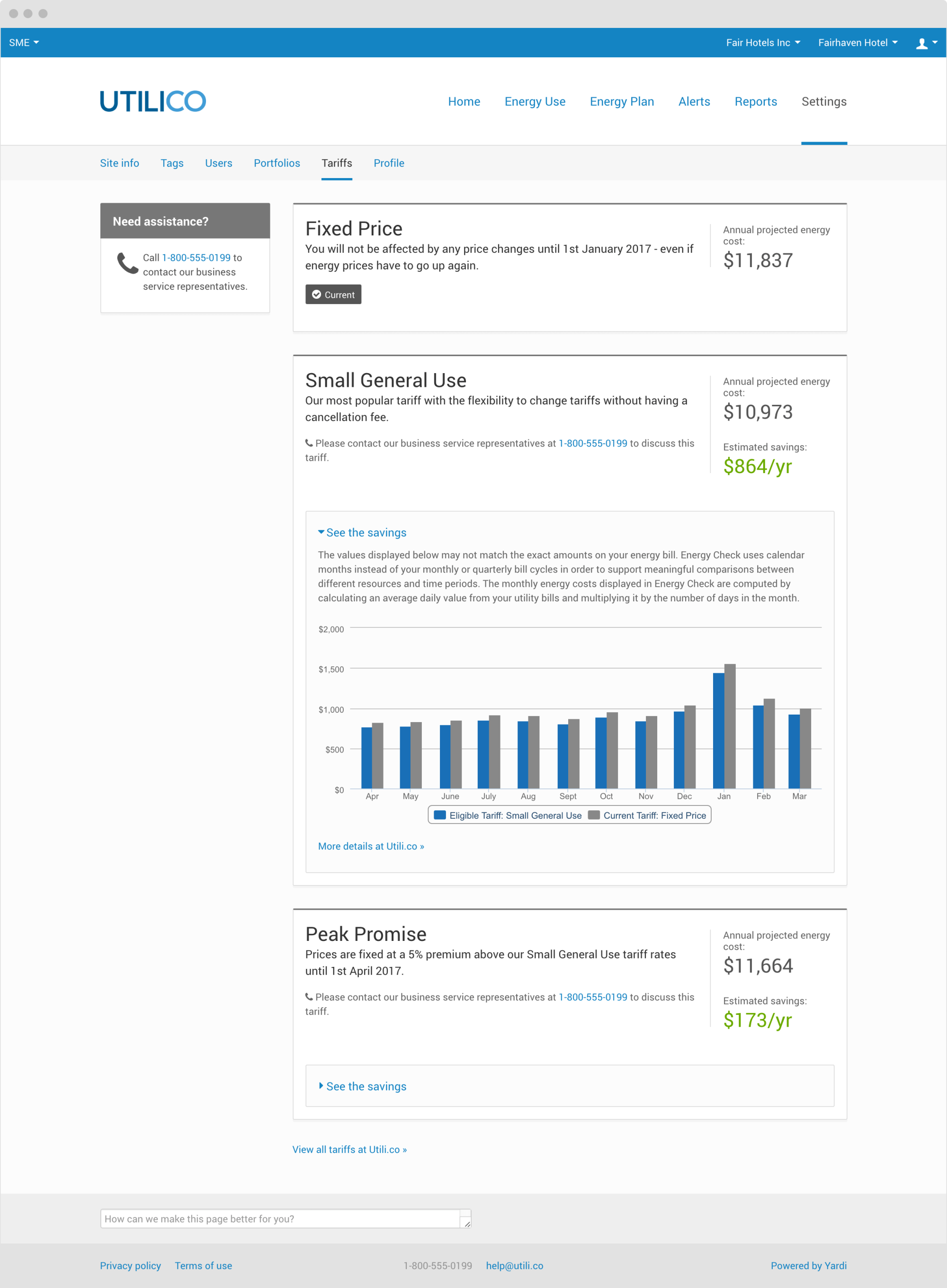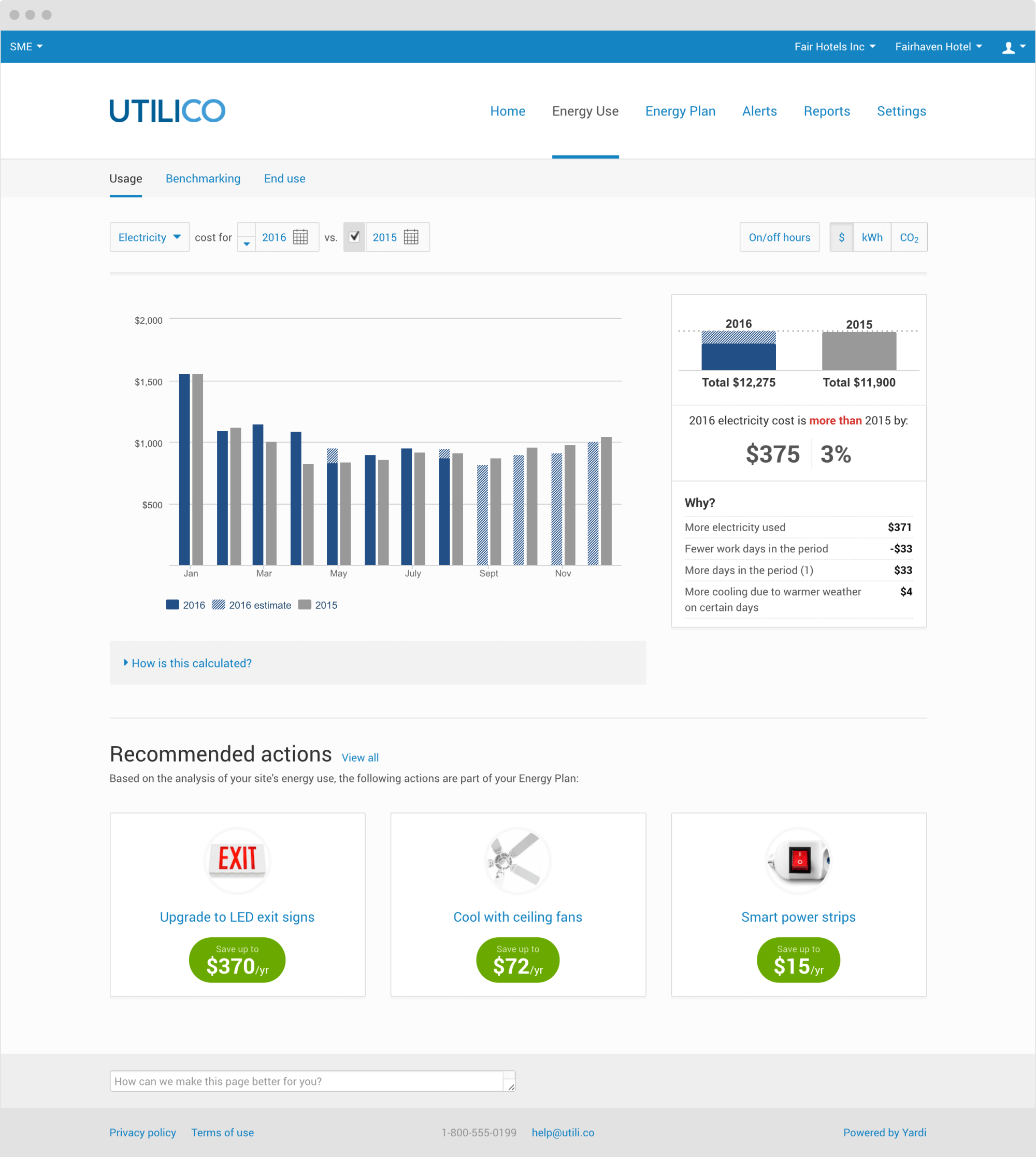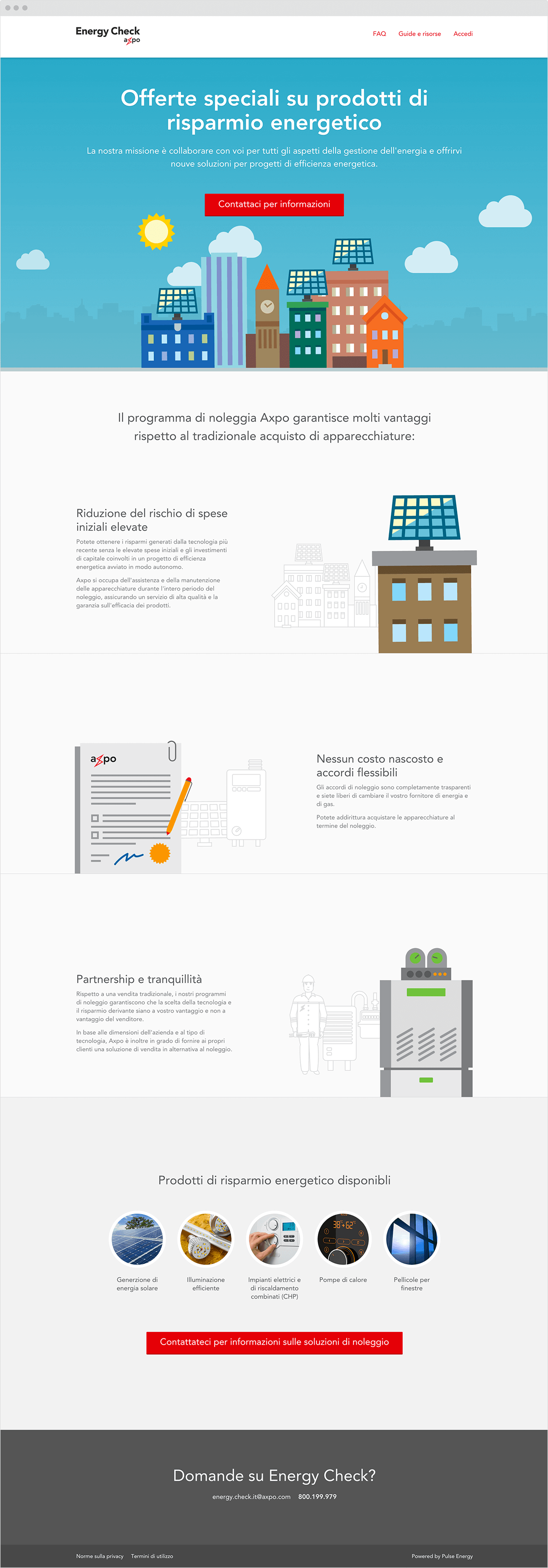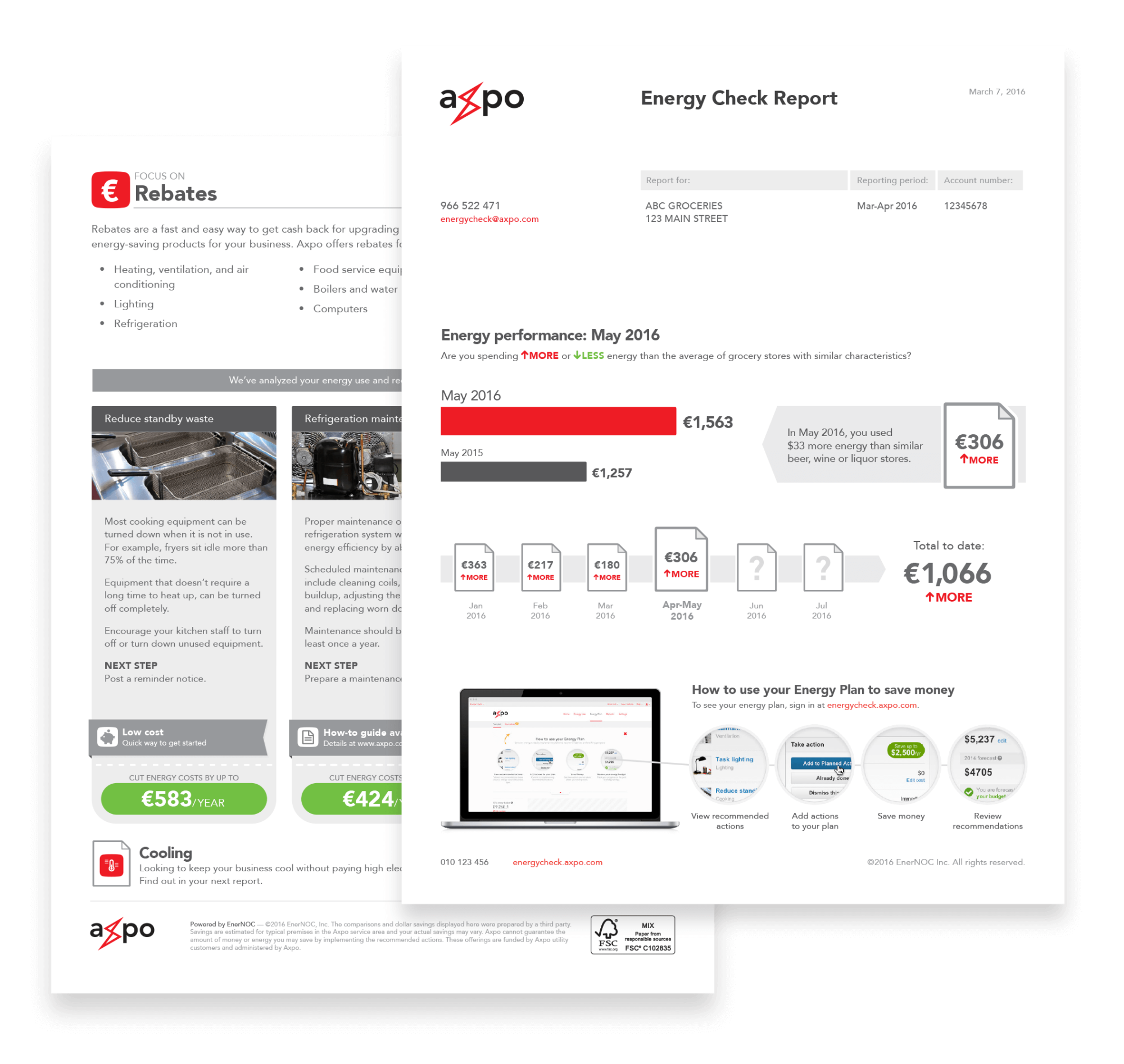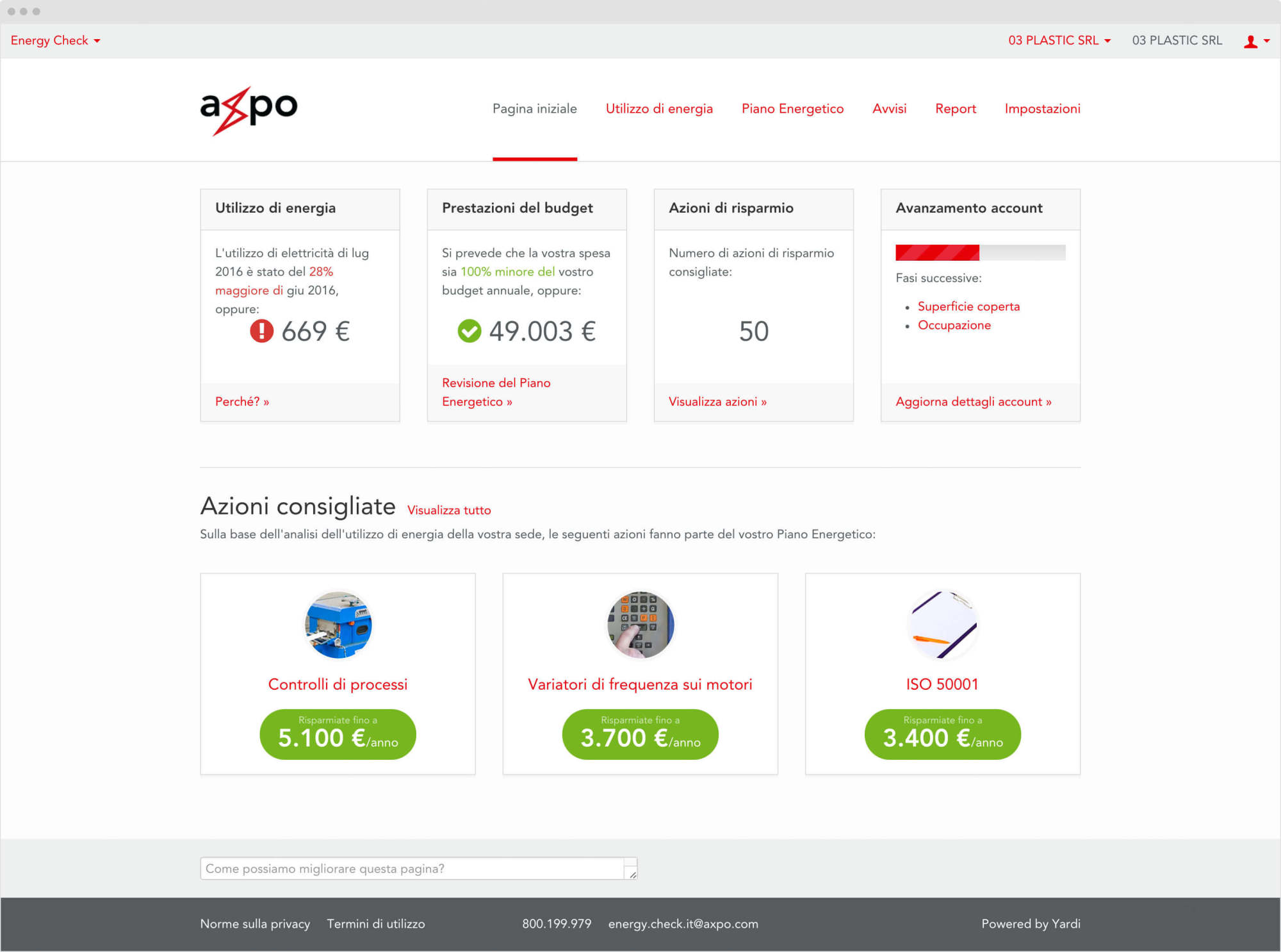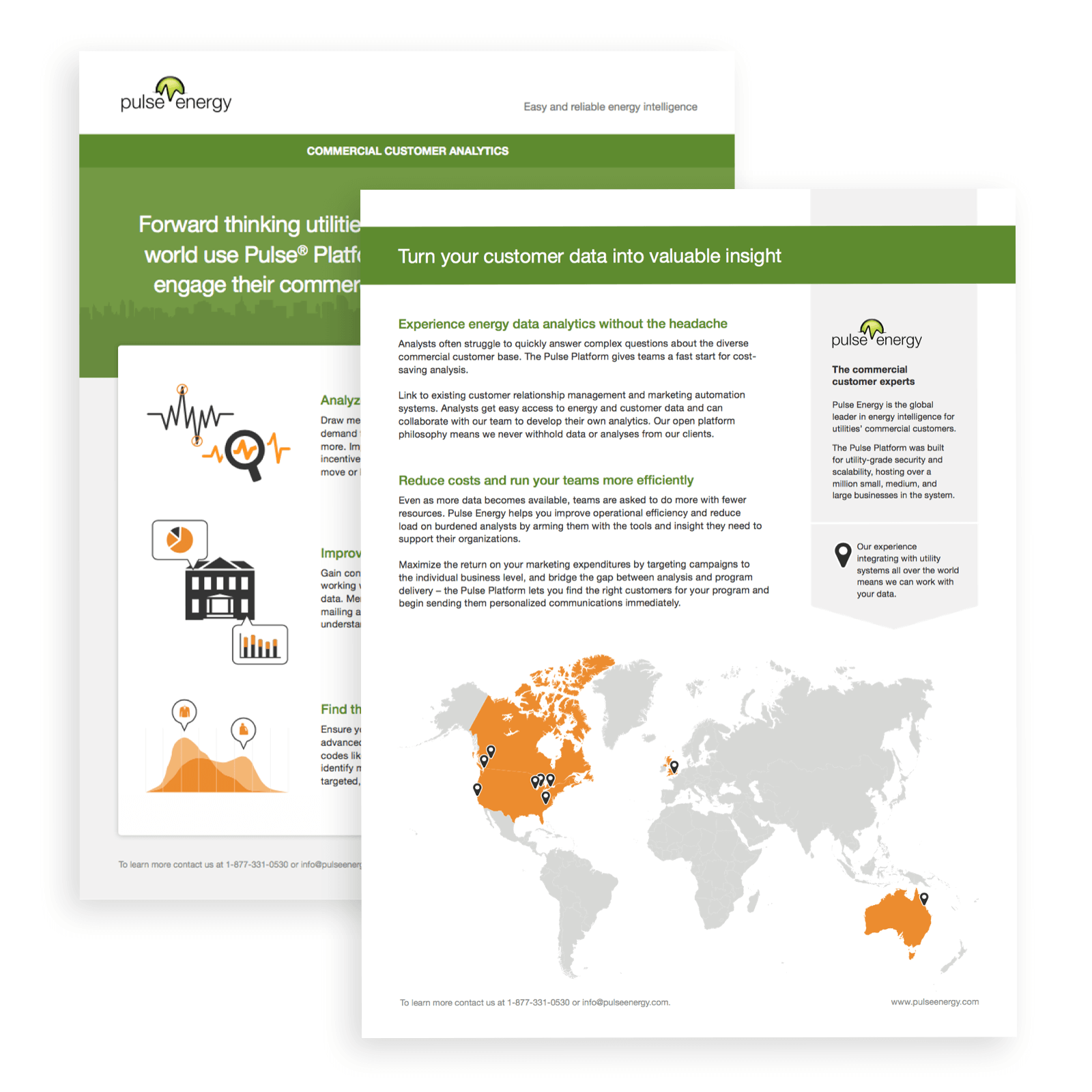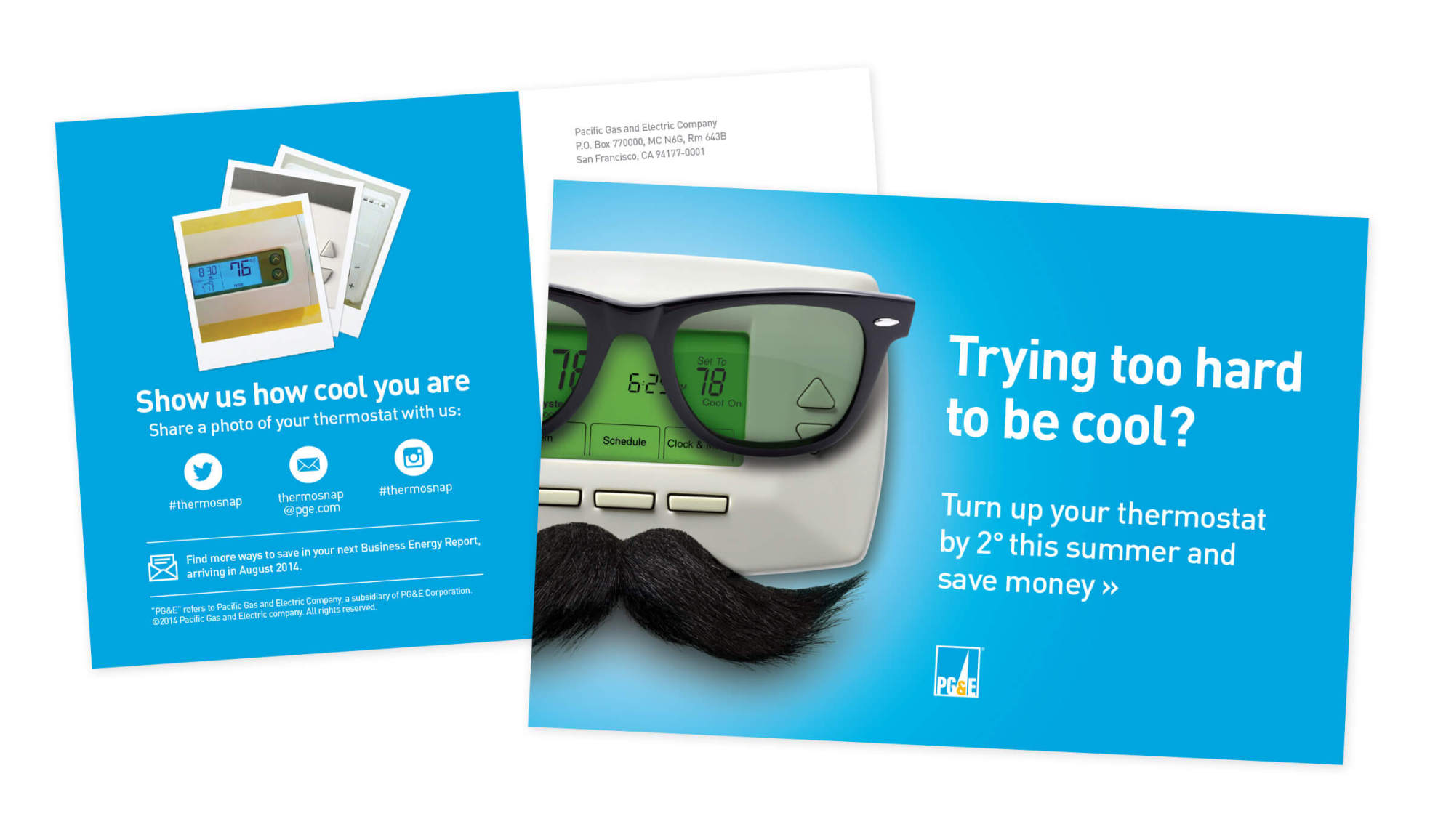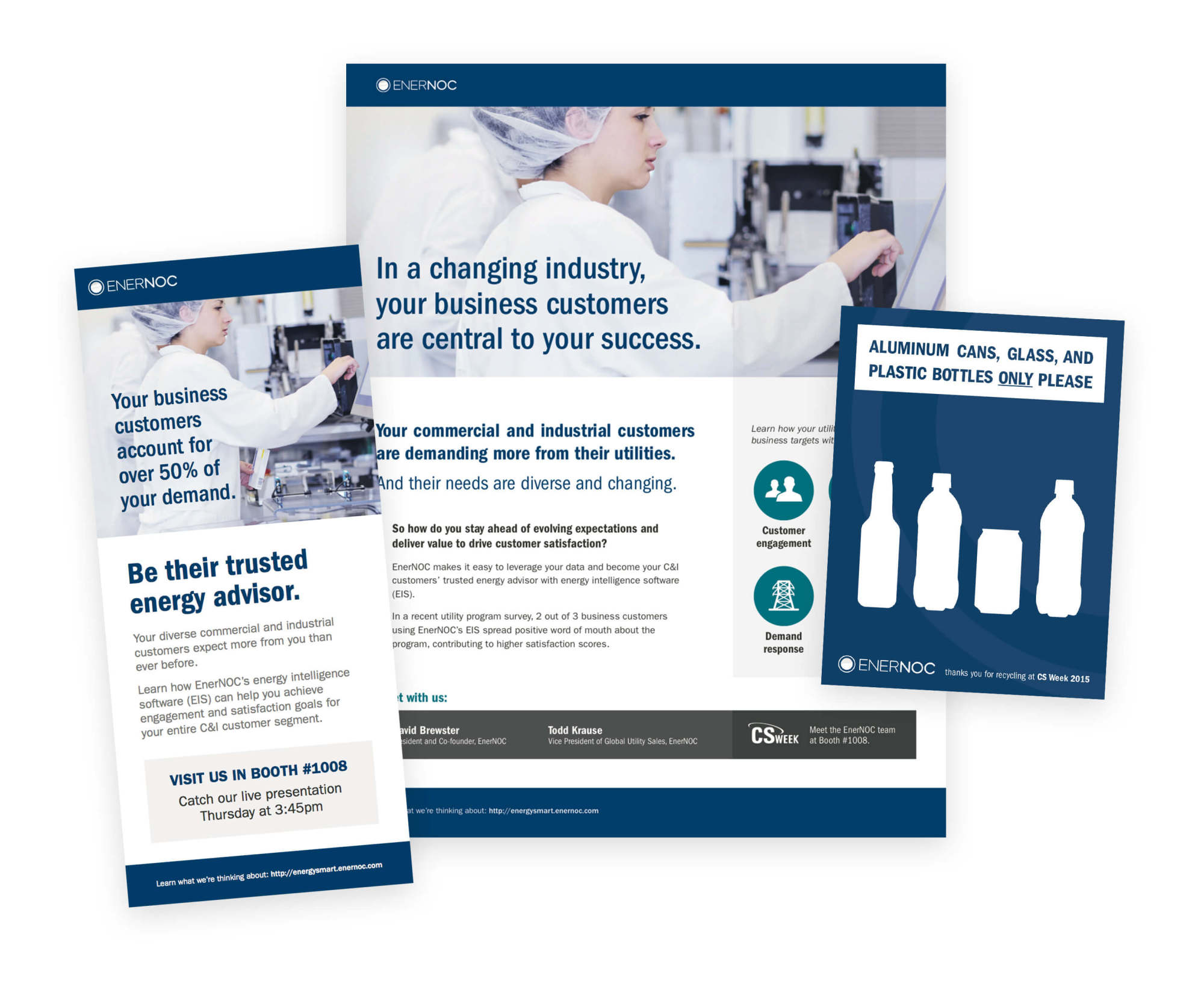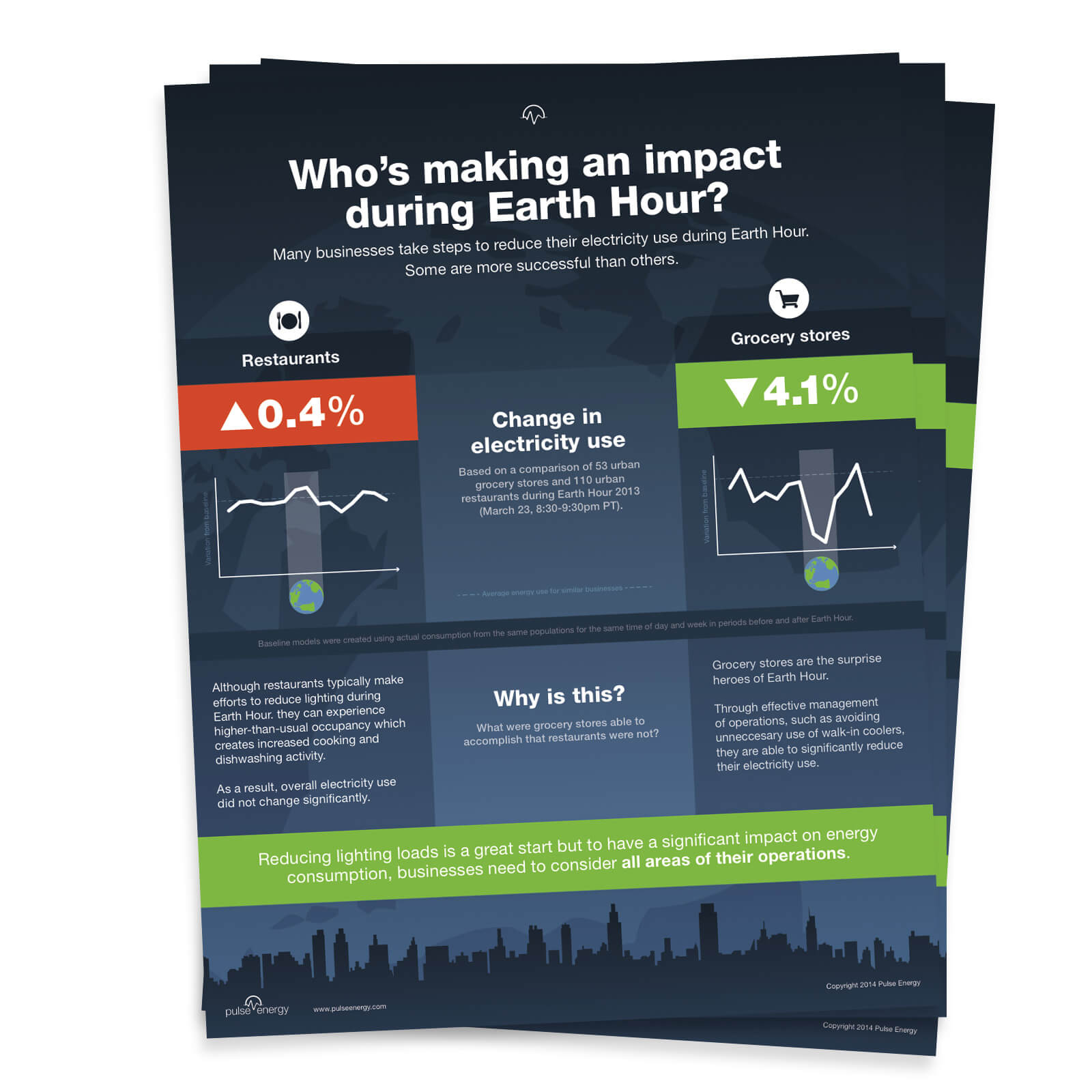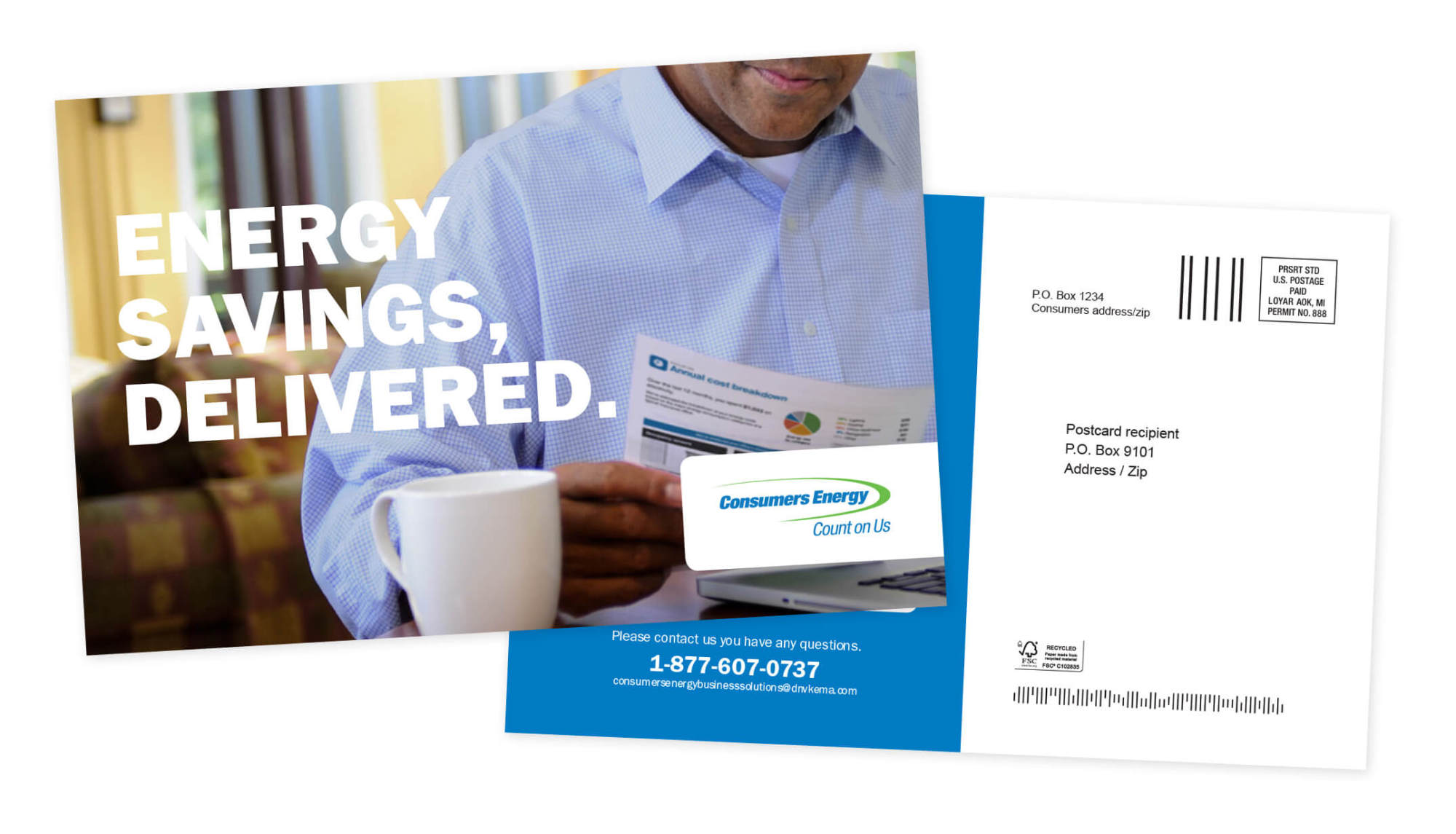Pulse Energy
Leading the design of a suite of industry-leading energy analytics and management tools at a twice-acquired startup
Overview
Design leadership through acquisitions, scale, and systemic change
I joined Pulse Energy in 2012, when the company was a pioneer in energy analytics software for utilities. Over the next six years, I helped guide the design of a growing product suite through two acquisitions and a shift in market focus—from clean tech to real estate.

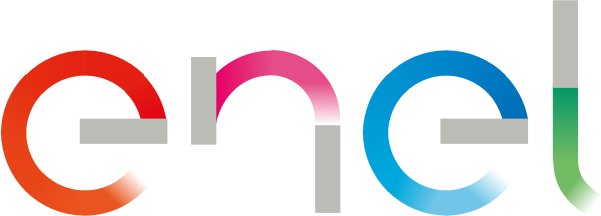

At every stage, I focused on system-driven design, close design-engineering collaboration, and delivering adaptable tools that could scale across clients, languages, and delivery formats.
Challenges
A growing suite, shifting markets, and high expectations
- →Products were highly-personalized for SMEs—a notoriously diverse segment relative to residential users—so design needed to be adaptable
- →Distilling massive amounts of unfiltered—and often incomplete—data from multiple sources into relevant visualizations and actionable insights
- →White-labelling requirements spanned dashboards, emails, PDFs, and print materials
- →Frequent shifts in business direction, especially post-acquisition, disrupted long-term planning
- →Product had to work across different countries, languages, and regulatory environments
- →Need for internal alignment across Design, Product, and Engineering in a fast-paced environment
Design system
Developing a bespoke design system for the Pulse platform
- →Built a synchronous component library from the ground up, a Storybook-like component library before Storybook existed
- →Maintained consistency of aesthetics and user experience across multiple products
- →Extended system beyond web app UI: print reports, email templates, internal tools all followed component logic
- → CSS architecture mirrored product IA, reinforcing object relationships by using consistent visual cues.
- → Custom-built UI components (e.g. date pickers) reflected how different user types (energy managers, business owners, etc.) viewed their energy consumption
Design system implementation
I worked with Developers to create a CSS architecture that reflected the information architecture, taxonomy, and naming conventions. I also created a custom icon set—using Adobe Illustrator—that was fully themeable using CSS variables.
White-labelling, localization, & internationalization
Delivering consistent, branded experiences across languages, regions, and formats
Establishing a cohesive UX framework
- →Developed a robust theming engine that allowed utility clients to fully brand their instances
- →Applied custom branding across web UIs, printed reports, emails, and program materials
- →Typography and layout system accommodated diverse branding requirements from clients like British Gas and Axpo
- →Reduced onboarding and deployment time dramatically through reusable styling infrastructure
- →Enabled true "design once, deploy everywhere" without sacrificing visual language or brand fidelity
Supporting localization and regional customization
- →Designed printed reports for varying international paper sizes and type systems
- →Built layout logic that adapted to content length and language structure
- →Supported localization into multiple languages
- →Created a flexible system for styling recommendations based on region-specific energy regulations
- →Worked closely with developers to ensure a consistent experience across regions, devices, and delivery channels
Internal tools & hackathons
Increasing team efficiency and encouraging creative experimentation
- →Designed and built—along with a talented developer—an email signature generator used by 1,200+ employees and compatible with all email clients
- →Partnered with Engineering on tools to streamline branding, export automation, and QA
- → Projects helped establish culture of experimentation and efficiency within the team
- →Participated in both internal and external hackathons
- →At the Cleanweb Hackathon, a 12-hour coding marathon, I teamed up with some talented people—Neil, Chris, Peter, and David—to build Epic Energy III, an energy-saving simulation game.
Team leadership
Supporting a resilient, resourceful, and code-literate team
- →Hired, mentored, and developed designers with strong technical empathy
- →Every designer could write or edit HTML/CSS—collaboration with Engineering was seamless
- →Advocated for zero-ego design critiques and context-sharing as cultural norms
- → Managed priorities, capacity, and team morale following multiple acquisitions
- → Maintained clarity of direction even during org transitions and shifting priorities
Learnings
Lessons in scale, systems, and sustainable growth
- ✓ Design systems are living, breathing entities
They only work if they evolve in lockstep with code and product goals. Technical limitations need to be considered when creating and implementing a design system. - ✓Trust your team
Giving designers ownership and support results in better outcomes and, more importantly, allows for individual growth as designers work outside their comfort zone. - ✓White-labelled product styling is a different beast
Creating design systems for white-labelled products is a unique design challenge, but flexibility doesn't have to mean inconsistency. Thoughtful consideration mitigates needless complexity. - ✓ Collaboration builds culture
Contributions to internal projects and participation in hackathons promote cross-functional trust and team cohesion. - ✓ Solving for SMEs is never one-size-fits-all
Our systems had to adapt to context, not flatten it. Knowing our customers and understanding what makes their challenges unique helped our product speak more directly to users. - ✓ Good teams are resilient
Acquisitions create ambiguity that will test your team, but a principled approach allows you to navigate ambiguity without sacrificing values.
